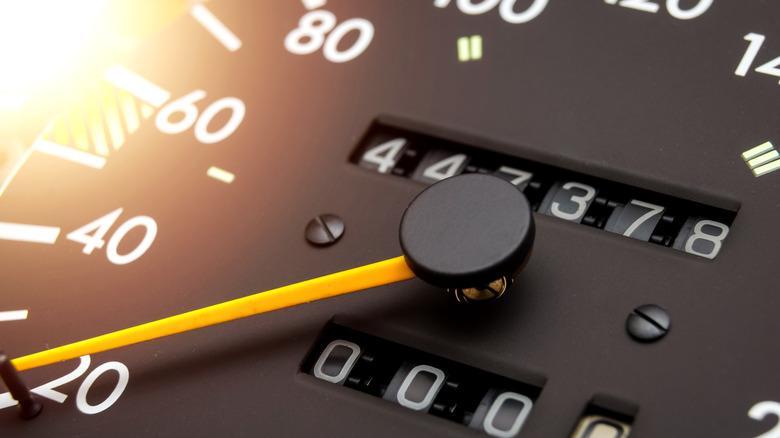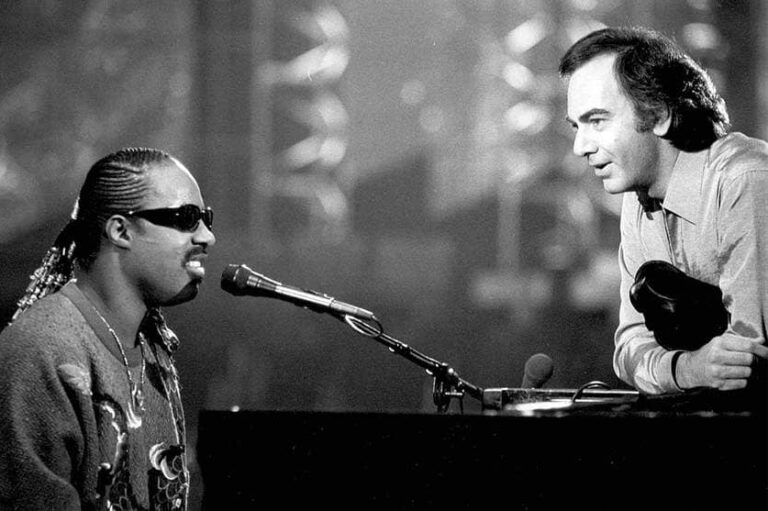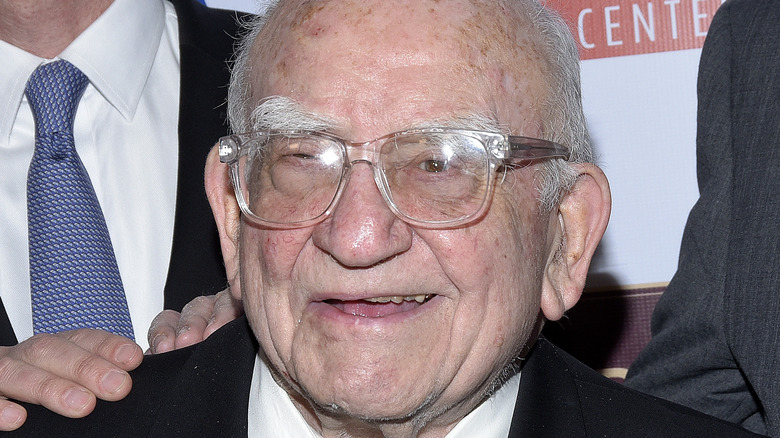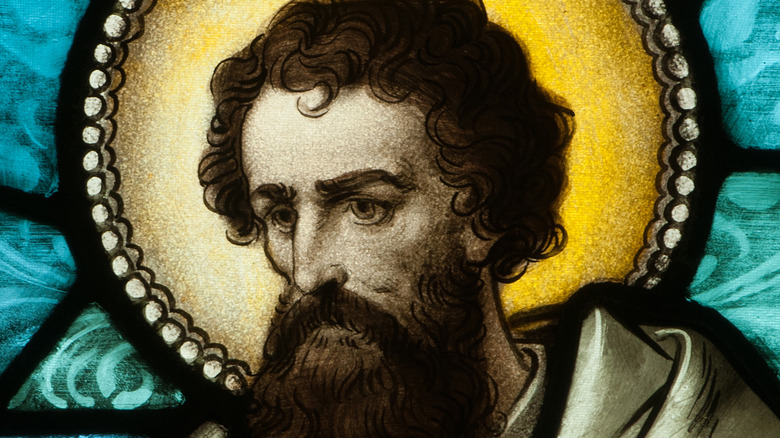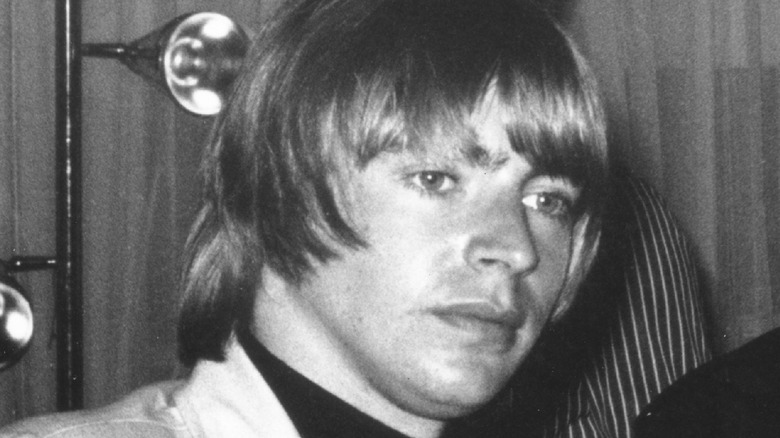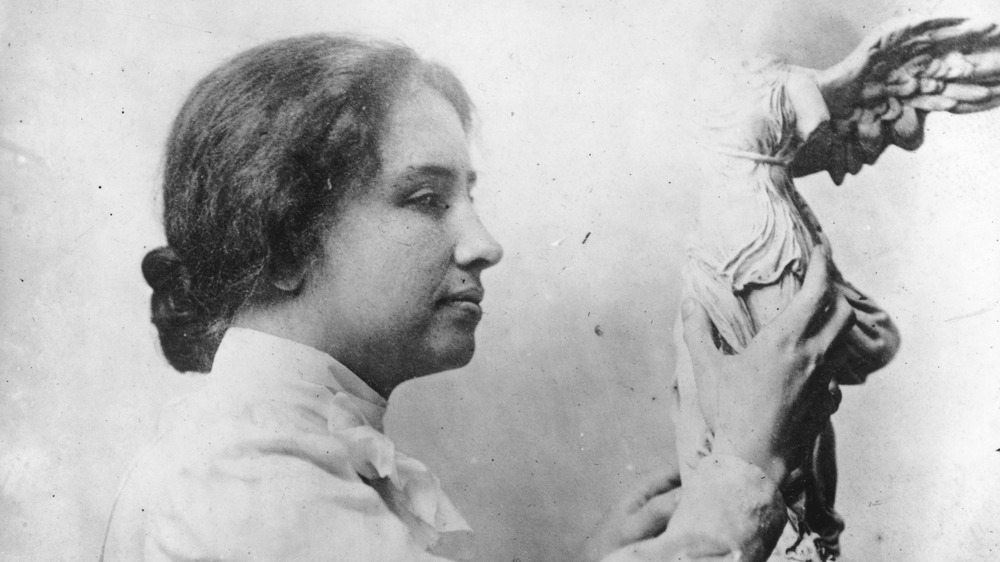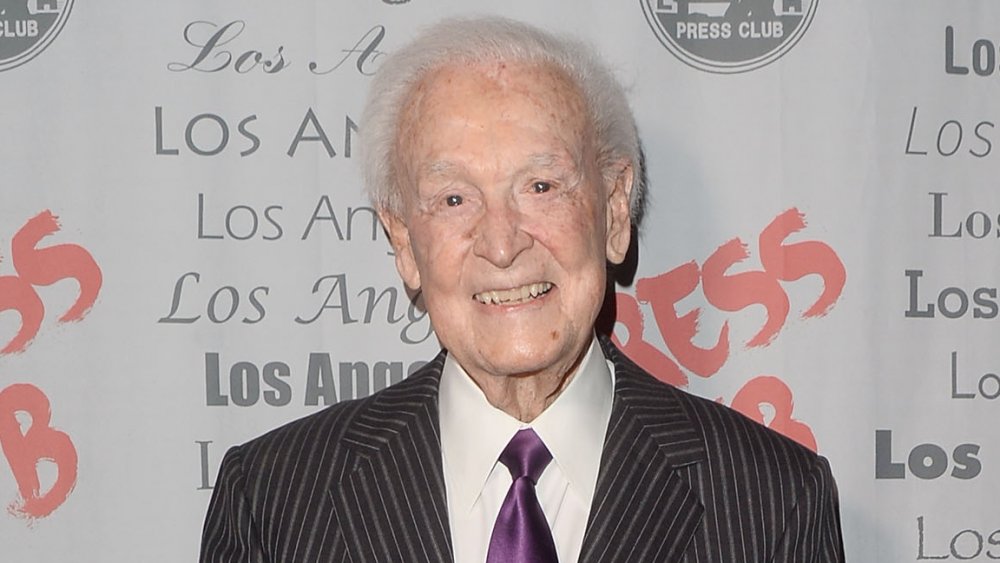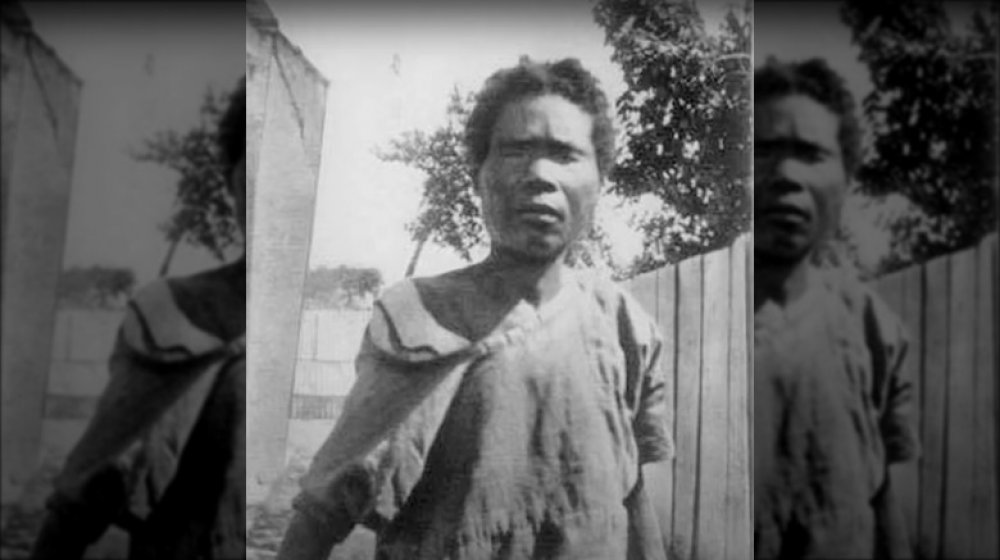
The Real Reason Benjamin Franklin Invented The Odometer
Benjamin Franklin, like a lot of inventors, had his perfectly logical moments and his not-quite-so-sensible moments. That’s the mark of a creative mind, really. Take his iconic kite-flying experiment of June 1752. During a thunderstorm, he tried to collect electricity in a Leyden jar (per History), in an effort to better understand the connection between this mysterious force and lightning. The whole thing could have ended in tragedy, but instead he advanced humanity’s knowledge of electricity, going on to create the lightning rod and even terms like “conductor” and “battery” themselves.
There’s no denying that lightning rods have saved countless lives and livelihoods all around the world. Several other creations of Franklin’s have had a great impact on humankind, too. As The Franklin Institute reports, he developed a urinary catheter that was more flexible and gentle than the harsh, straight ones that were in use at the time. This design also came about in 1752, when he witnessed the suffering of his brother, who was afflicted with bladder or kidney stones.
Like his catheter design, the odometer he created was intended to address a very specific issue he had witnessed first hand.
Franklin wanted the mail to be delivered post haste
Odometers, of course, are small but crucial components of many vehicles, measuring the distance the vehicle has traveled. Franklin didn’t invent the device himself: according to History Of Physics, Ancient Roman engineer Vitruvius is believed to have developed the first one. It was a fascinating system of gears that turned along with the wheels of a wagon, allowing riders to record the distance traveled by counting the pebbles that dropped with its rotations. Franklin’s odometer worked on a similar principle, and he designed it out of his frustration with the postal system.
As How Stuff Works reports, the mail in colonial America was slow and unreliable in Franklin’s time, and he was charged by the British with helping to resolve this. To do so, he journeyed between the colonies and their rudimentary postal centers, determining routes and methods that would result in more regular, standardized deliveries.
At the end of his travels, he also had an invaluable bank of information about the roads and the journey. How? Because he utilized a device with many gears, much like the one Vitruvius employed. In Franklin’s case, it was affixed to one of his wheels and turned forward one for each 400 rotations of the wheel. This marked one mile (1.6km), and left the inventor with an in-depth knowledge of the distance between postal centers.

President William Henry Harrison's Favorite Meal Will Surprise You
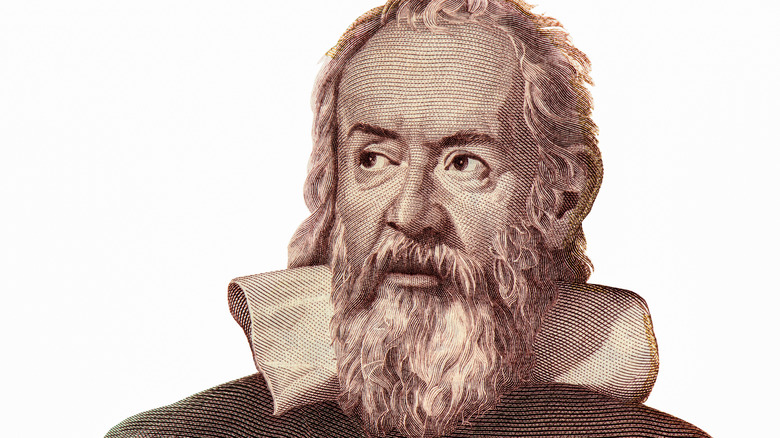
How Galileo Galilei Spent His Final Months Before Death

Here's What Happened When 14th Century Monks Started Eating Meat

What Life Was Like For Ancient Carthaginians
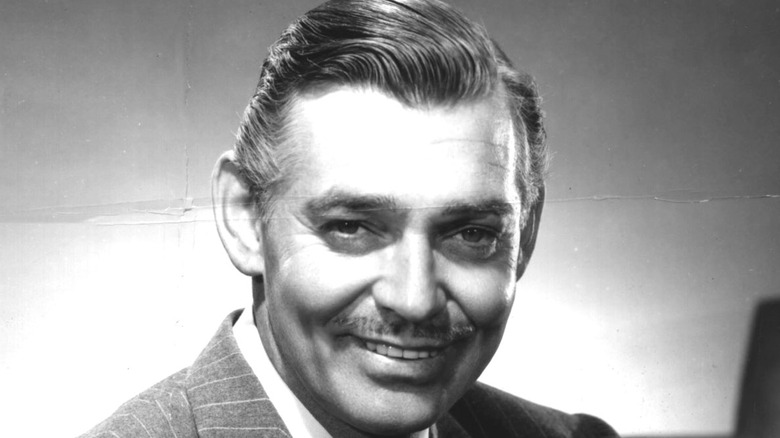
The Weird Obsession You Never Knew Clark Gable Had

This Was The First Star To Be Placed On The Hollywood Walk Of Fame
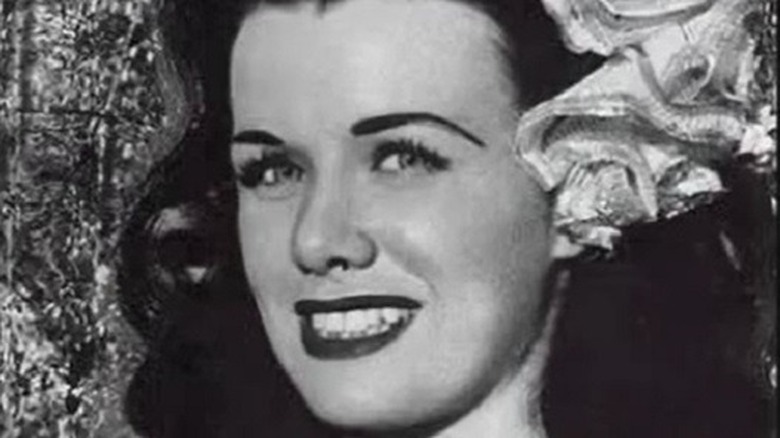
The Mysterious Disappearance Of Actress Jean Spangler

Danny Trejo Recalls Bizarre Incident With Charles Manson In Jail

The Messed Up History Of Australia's Emu War

The Most Brutal Ruler In History, According To 46% Of People
